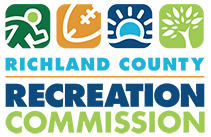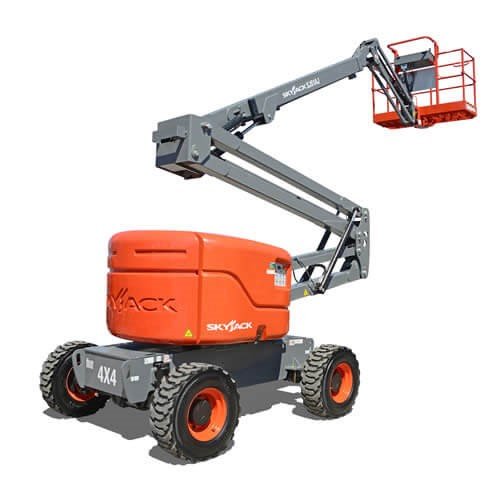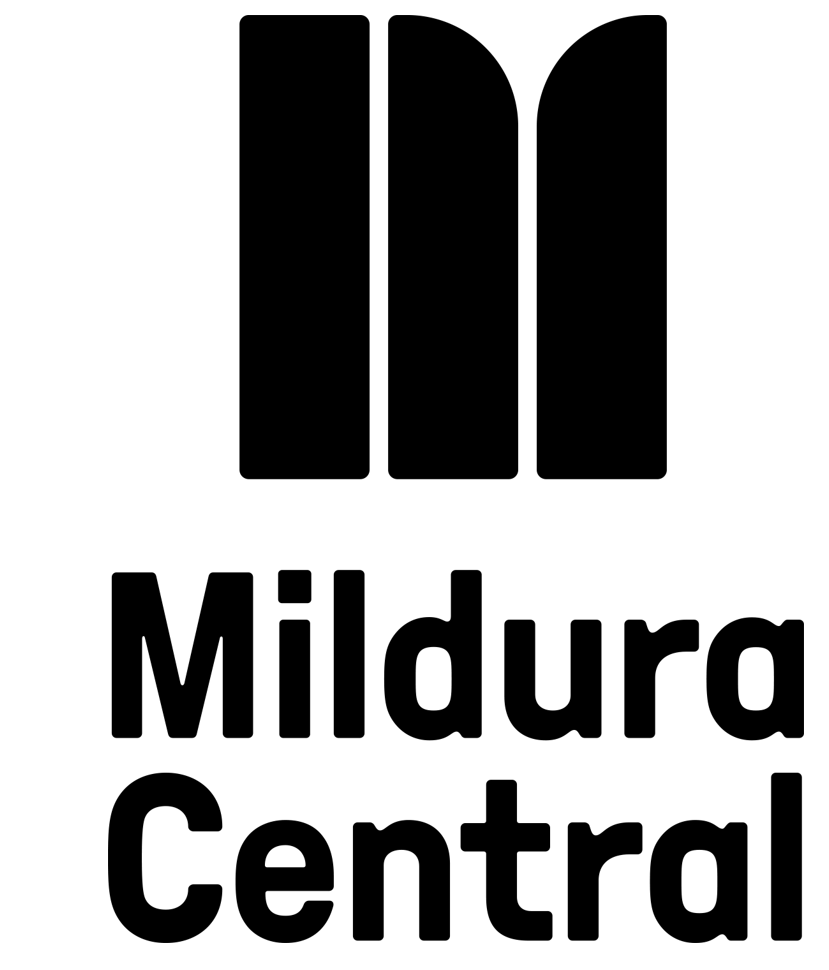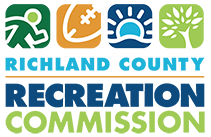Title Page
-
Site conducted
-
Conducted on
-
Prepared by
-
Location
ADMINISTRATIVE
-
Are accident/injury report forms readily available to employees in the main office?
-
Are inspections completed daily, weekly and monthly for all areas, utilizing a checklist?
-
Is the topic of safety part of the curriculum and staff meetings?
-
Are all faculty trained in basic safety and campus emergency procedures upon hire? Are their training records available?
-
Are all Fire Evacuation maps well posted at entrance and exits?
-
Are emergency procedures posted and availableAre fire doors and egress areas clear and in safe working order? to all employees?
-
Are basic first aid supplies available and adequate? Are locations marked and communicated well to personnel in the area?
-
Is there a designated first aid person or team in the department?
-
Are Emergency flashlights, weather radio, roll caution tape and wet floor sign present?
-
Are 911 or Emergency Numbers posted by telephone?
Safety and Security
-
Is the Fire Alarm in normal conditions?
-
Are batteries within operational dates?
-
Is the Burglar Alarm in normal conditions?
-
Are batteries within operational dates?
-
PERSONAL PROTECTIVE EQUIPMENT
-
Are there appropriate PPE such as face, eye, hand, etc. available for employees who need to wear it so safely perform their jobs
-
Do procedures exist for testing, storing, and cleaning of PPE
WALKING/WORKING SURFACES
-
Housekeeping - Is the area routinely cleaned? Is there a record of such?
-
Where wet processes are used, is proper drainage maintained, and false floors, platform mats, or other dry standing places available?
-
Are ladders provided where needed and are of good construction and in good condition
MEANS OF EGRESS, DOORS, FIRE PROTECTION
-
Is there an adequate number of exits?
-
Do all exits provide free and unobstructed egress from all parts of the building?
-
Are all exits clearly visible and marked?
-
Are all doorways and exits and hallways that are not exits clearly marked and unobstructed?
-
Are all exits provided with artificial illumination?
-
Is adequate lighting provided in all work areas?
-
Are floors painted properly with lines to delineate aisles and walkways, particularly in front of electrical panels?
-
Are staff regularly briefed on fire safety?
FIRE PROTECTION
-
Are all portable fire extinguishers maintained in a fully charged and operable condition?
-
Are the fire extinguishers conspicuously located where they will be readily accessible (not blocked) and immediately available when needed?
-
Are fire extinguishers inspected monthly to detect any obvious physical damage, corrosion, or other impairments?
-
Are the hydrostatic tests of the fire extinguishers current?
-
Are emergency lighting operational? ( (NFPA) 101: Life Safety Code, all exit lights and emergency lights must be inspected and tested both monthly and annually.)
-
Are fire blocks established at the junctures of the ceiling, walls and floors, and utility passageways between these barriers, throughout the building? List locations that need repair below in notes section:
ELECTRICAL
-
Are flexible cords and cables being used in continuous lengths without splices or taps?
-
Is the area free of flexible cords (extension cords) and cables being used as a substitute for fixed wiring of a structure?
-
Are any extension cords connected to another extension cord?
-
Do all power strips (surge protectors) include a circuit breaker?
-
Are receptacles grounded and properly wired?
-
Are all unused openings in cabinets, boxes, and fittings effectively covered?
-
Was frayed or otherwise exposed wiring observed?
-
Is there adequate amount of working space (3 feet) in front of electrical panel boxes? Is a barrier painted on the floor? (OSHA Standard 29 CFR 1910.303 (g)) (NEC 110.26)
-
Were all disconnecting means and circuits properly identified and labeled?
-
Are all light houses and power boxes secured and access to electrical panels unobstructed?
-
Are only Type 1 OSHA approved fuel containers allowed in storage rooms?
HAZARDOUS MATERIALS
-
Are Hazard Communication requirements communicated clearly to all personnel in the area (OSHA 1910.1200)?
-
Are all personnel made aware of Blood Borne pathogens (OSHA 1910.1030)?
-
Are flammable and combustible liquids being stored in approved containers and/or storage cabinets?
-
Are containers properly labeled (identity and hazard warning)?
-
Are emergency eye wash facilities available where employees are exposed to corrosive materials?
-
Are they being inspected/flushed as required? (documented)
-
Are MSDS posted or immediately available?
Other
-
Are there any other concerns that need to be identified?














